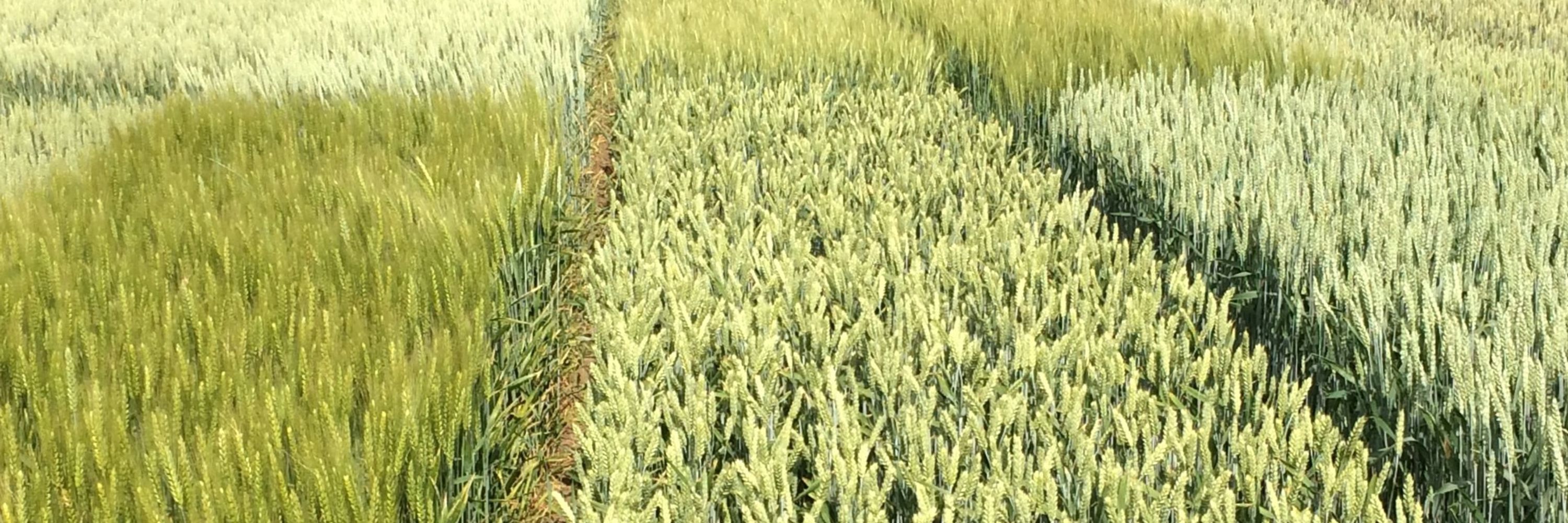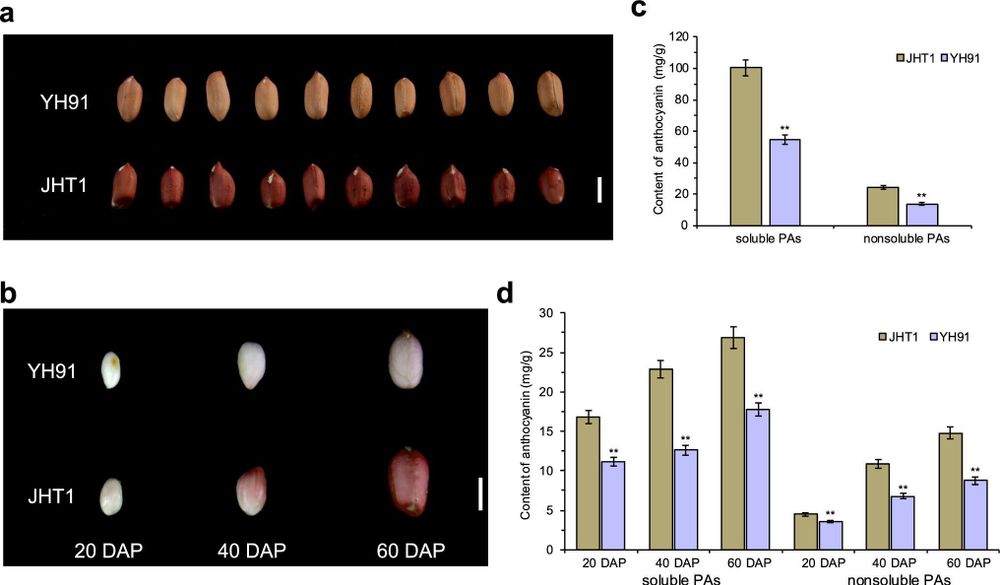
discoveries and news in plant genetics, genomics and plant breeding
https://link.springer.com/journal/122
Full article:

Full article:
Full article:

Full article:
Read:

Read:
Full article:

Full article:
Full article: rdcu.be/evKum

Full article: rdcu.be/evKum
Article:

Article:
Article:

Article:
Full article:

Full article:
Read:

Read:
Full article:

Full article:
Read:

Read:
Read:

Read:
Full article:

Full article:
Article:

Article:
Read:

Read:
Article:

Article:
Read:

Read:
Article:

Article:
Article:

Article:
Full article:

Full article:
Full article:

Full article:
Full article:

Full article:
Full article:

Full article:
Full article:

Full article:
Article:

Article:

